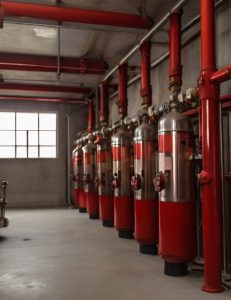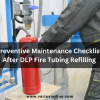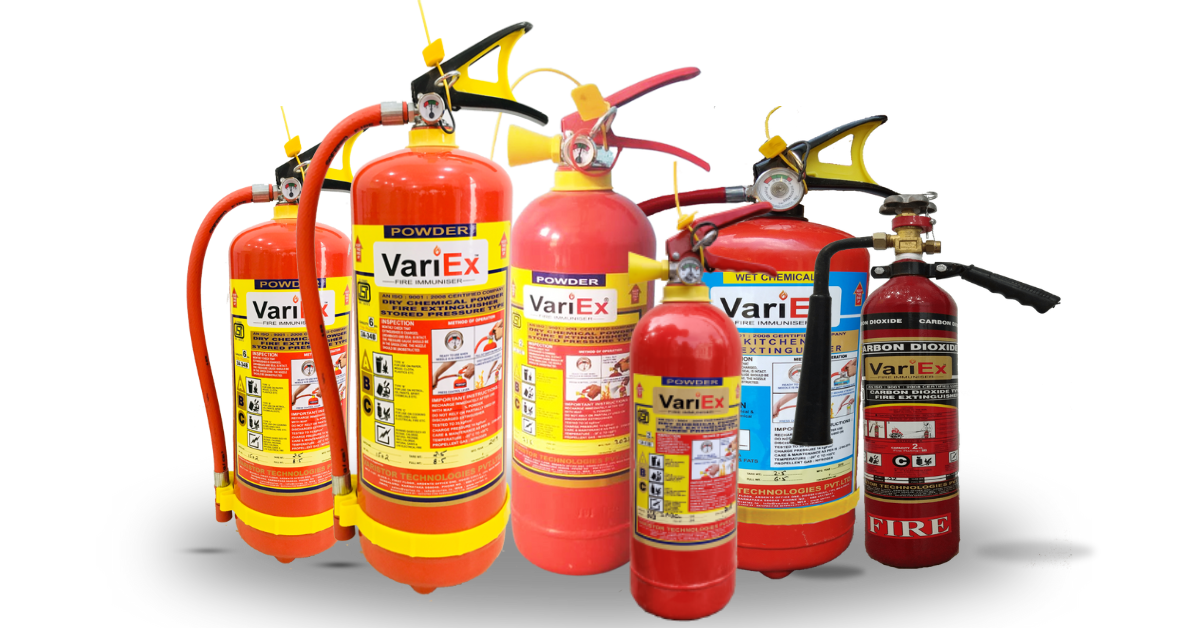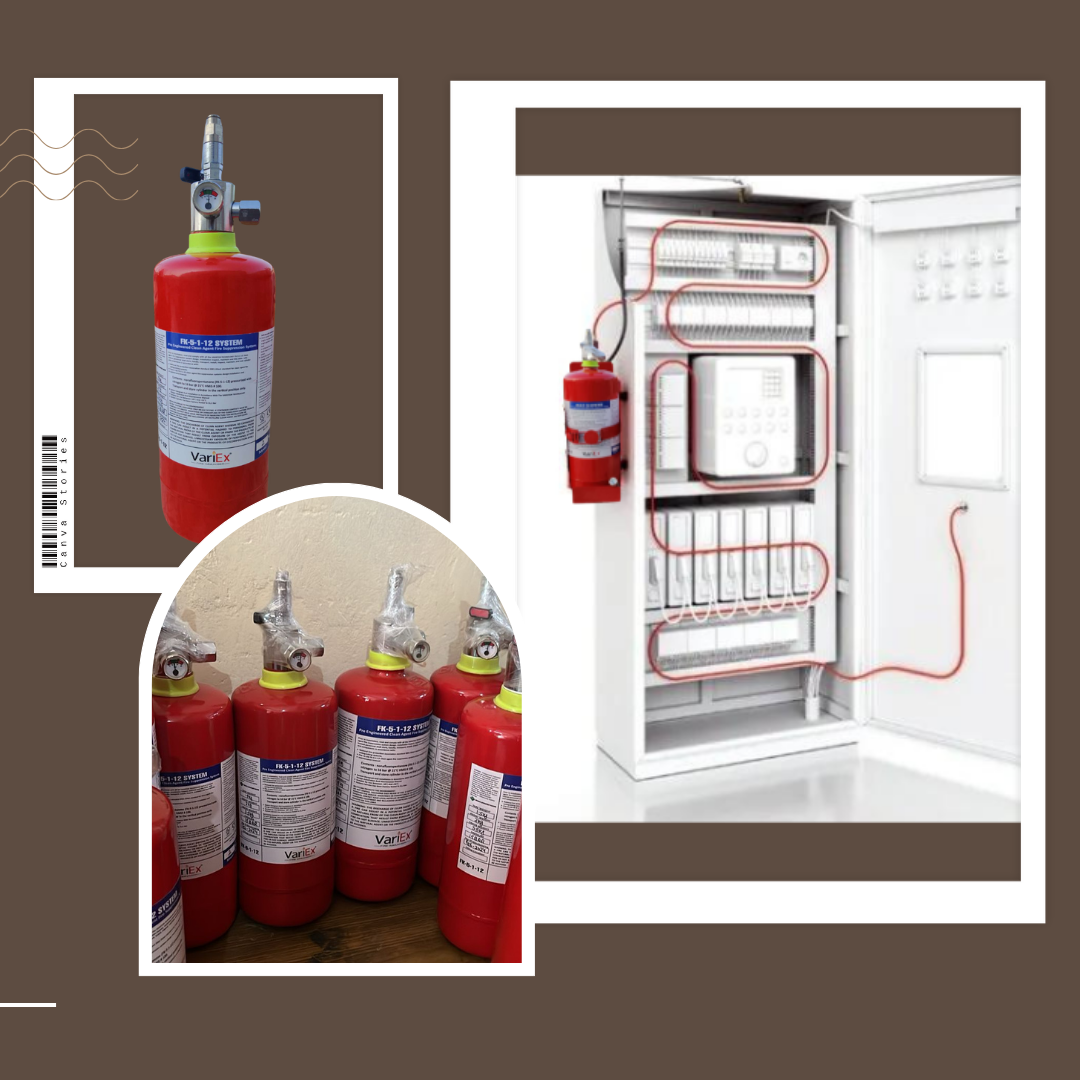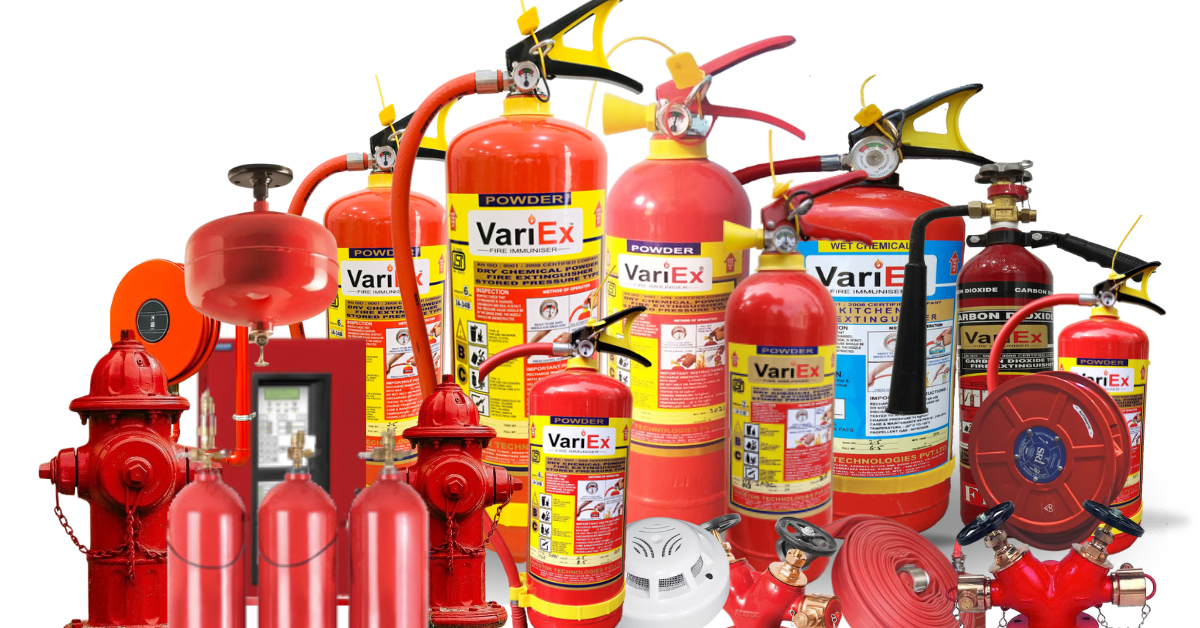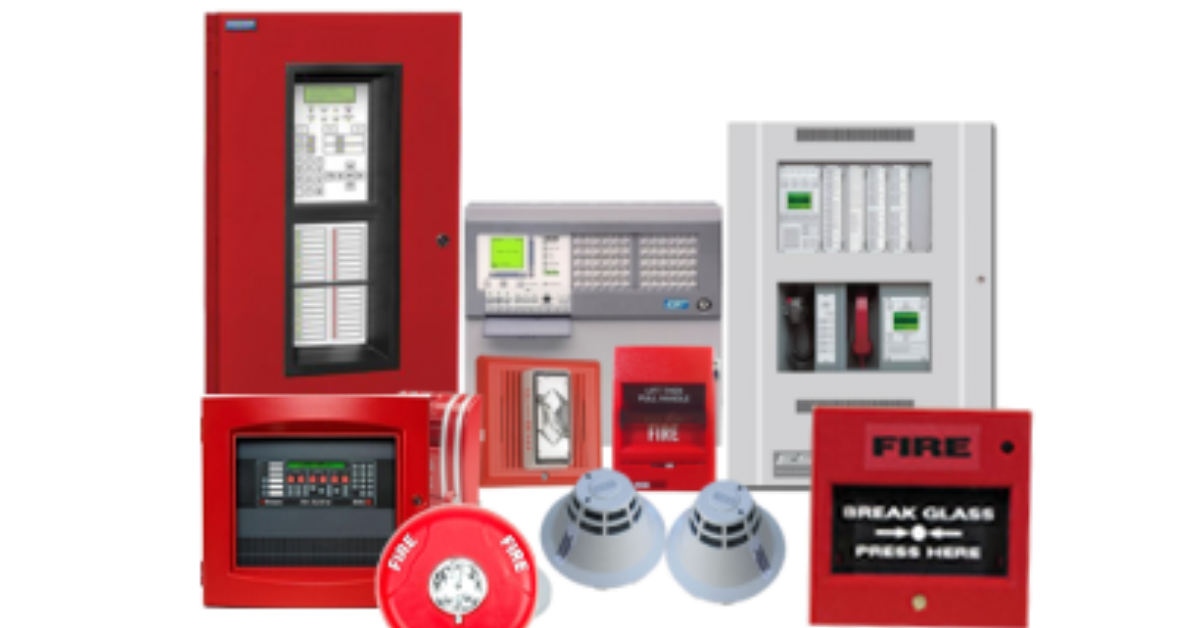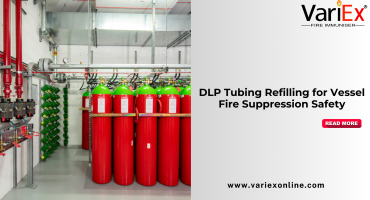![]()
Fire Immuniser
+91-7829629111
Email: info@variex.in
Varistor Technologies Pvt. Ltd.
Block-1, First Floor, Ardente Office One, Hoodi Circle, ITPL Main Road, Bengaluru, Karnataka 560048, IN
Fire Fighting System Installation Procedure
Frequently Asked Questions
1. Why is the installation of a fire fighting system important?
Fire fighting systems are essential for the early detection and suppression of fires, protecting lives, property, and assets from potential damage or destruction.
2. Who is responsible for installing fire fighting systems?
Installation is typically carried out by certified fire protection engineers or licensed contractors specializing in fire suppression systems.
3. What factors determine the type of fire fighting system needed?
Factors such as building occupancy, size, layout, fire hazards, and regulatory requirements influence the selection and design of the appropriate fire fighting system.
4. How long does it take to install a fire fighting system?
Installation timelines vary depending on the size and complexity of the project, but it generally takes several weeks to months to complete the installation process.
5. What permits or approvals are required for installation?
Local building authorities typically require permits and approvals before installing fire fighting systems. Compliance with relevant codes and standards is also necessary.
6. How often should fire fighting systems be inspected and maintained?
Regular inspections and maintenance are essential to ensure the continued functionality of fire fighting systems. Typically, systems should be inspected annually and maintained according to manufacturer recommendations.
7. Can existing buildings be retrofitted with fire fighting systems?
Yes, existing buildings can be retrofitted with fire fighting systems, although the process may be more complex and require modifications to accommodate the new system.
8. What training is required for building occupants regarding fire fighting systems?
Building occupants should receive training on fire safety procedures, evacuation routes, and the operation of fire fighting equipment. Training sessions should be conducted regularly to ensure readiness in case of a fire emergency.
Explore our products Range
Final Say
We at VariEx.in or Variexonline.com have mastered the art of designing, installing, inspecting, and fixing automatic sprinkler systems with the help of our in-house team, which is capable of delivering the fire sprinkler services you need, whether large or small and at affordable cost.
To schedule a fire sprinkler installation, or you think our services could benefit your commercial property, contact us online or give us a call at, 7829629111
"WHAT YOU CAN READ NEXT"
 Read more +24 November 2023 in Fire Extinguisher
Read more +24 November 2023 in Fire ExtinguisherWhat types of fire extinguishers are available for different fire classes?
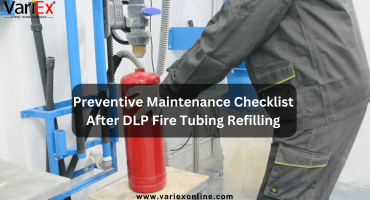 Read more +11 July 2025 in Fire Suppression
Read more +11 July 2025 in Fire Suppression

